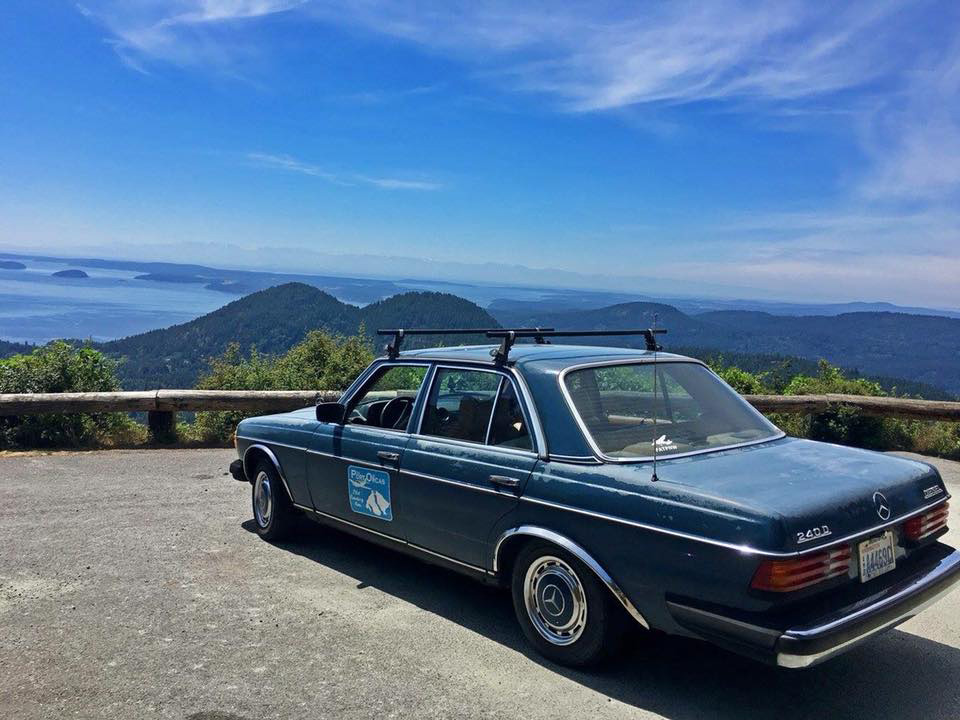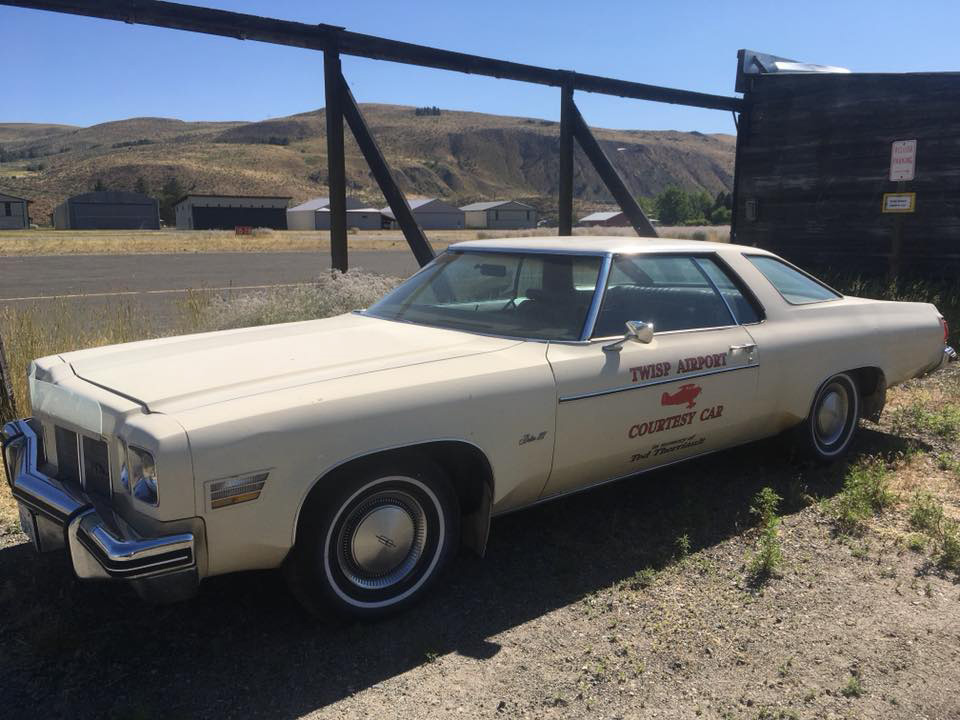Code of the courtesy car
Getting around on the ground is one aspect of general aviation travel that can be a challenge, but rest assured that you are not the first pilot to tackle this. The wheels you find to get around a new town might even be one of the best parts of the trip, or the most interesting, or the most memorable, or all of these. Here are a few things to know going in.
You can look at aviation textbooks as long as you like, and you will not find these tidbits. But pilots who have spent any amount of time away from their home airport quickly learn the value of a free set of wheels, and the importance of returning that courtesy in kind.
Fixed-base operators and airport managers learned long ago the value of filling the need for ground transportation, of putting local restaurants, lodging, and attractions within reach of arriving pilots and passengers. In many cases, they invest significantly in new (or nearly new) vehicles that are parked near the ramp (or even on it, in some cases), doors unlocked, keys tucked under a floor mat or above the visor, often accompanied by a local map or list of restaurants that are tried and true.
The kind people who make these cars available, and your fellow pilots, expect just a few basic things in return: Leave the car as clean as (or cleaner than) you found it; put gas in the tank, at least as much as you used, and bring it back.
Many airport courtesy cars are retired police cruisers purchased at auction. Even today, years after the Ford Crown Victoria retired from law enforcement service, examples of this venerable model still populate many an airport parking lot. Jeep Cherokees are also common. Manage your expectations (and those of your passengers). The car may be a tad musty, the gear shift may feel a little loose, or require a non-standard maneuver to engage it. You may hear some unnatural sounds after turning the key, sounds that may or may not go away after the car warms up. A sense of humor may be required, particularly if heading downtown where people will see you driving such a vehicle. The car may be older than the airplane you flew in, which is often saying something. That said, a few airports will supply a brand-new luxury car. An aviator’s life can be full of surprises, not all of them unpleasant.
For additional insight, we turned to members of the various Facebook groups organized under the Flights Above… banner.

Members of Flights Above the Pacific Northwest generally agreed that a rather aged Mercedes 240D stationed at Orcas Island Airport in Eastsound, Washington, is the most iconic of these in their region. Lovingly known as “The Rattler,” this beast of a car dates to the 1970s (nobody was quite certain about the model year). Group member Mike Cassidy supplied some details: The manual transmission includes a gearbox in German configuration, and to engage reverse gear the driver must push down “and then kind of hard left and forward sort of where you’d expect to find first gear.” Once the forward gears are engaged, “you won’t go anywhere quickly.”
The Rattler will nonetheless outpace the courtesy transportation found at many other airports, such as the bicycle parked at Brandon, Oregon, and more than a few other airports around the country. (There are also several models of folding bicycles that can fit in the baggage compartment of many GA airplanes, another option to consider.)
Across the country, the airport in Burlington, Vermont, provides visiting pilots with a Prius, Lucja Kot wrote in response to an inquiry in Flights Above the Atlantic Northeast, noting also that the search for ground wheels provides an opportunity to engage the nonpilot spouse or companion in a useful and active role.
“My husband is not a pilot but he takes care of everything on the ground,” Kot wrote. “He really enjoys the opportunity to drive the next unexpected courtesy car, whether it's a Prius or pickup truck. On long/overnight trips, we seldom reserve anything ahead of time as he is *great* at organizing transportation and a hotel out of thin air. In fact he thrives on the challenge and it adds to the excitement of the trip for both of us because we sometimes end up with some unexpected and memorable arrangements.”
At least one airport courtesy car is a truck equipped with a plow. You never really know.
AOPA’s online Airport Directory and related resources are a great place to start your search for wheels on the ground, and a quick call to the local FBO will often give you all the information you need. If they don’t answer, this donation-supported website provides state-by-state listings of airports with courtesy cars available.
Courtesy cars help reduce the cost of flying, so it’s incumbent on all of us to take care of this precious resource and return the courtesy by stopping at the gas station before returning to the airport—unless the “car” in question is actually a bicycle. Then you can skip that part.
Dave Van Horn, a member of Flights Above the Pacific Southwest, offered this anecdote that gives you an idea of what fun you can be in for after the flight, recalling a 2005 visit to Grant County International in Moses Lake, Washington:
“The courtesy car was a 1972 Pontiac Belvedere station wagon, just as ratty as it sounds. It had a JC Whitney box on the dash with a row of buttons that played tunes on the car horn—"charge," "happy birthday," etc. But all the labels were worn off the buttons, so you never knew what you were going to get. The kids hanging out at the 7-11 laughed at our ride until I hit some buttons for them, then they thought it was the coolest thing ever. What an easy audience.”
Van Horn continued:
“In 2003 we had to make an unplanned diversion to Clinton, OK (KCLK). The FBO was closed for the night and there was no answer at the phone number on the door but the airport car was out front, unlocked, with the keys over the visor and a local map on the passenger seat. So we drove it into town and got a room at the first motel. The next morning we got a late start, then went to find breakfast. It was almost noon by the time I got around to calling the FBO to tell them we had their car. They just laughed, ‘We don't worry about that car! It was gone for three days once!’”
Not everyone will be amused if the courtesy car disappears for days on end, so be mindful, and courteous.
Adventure awaits you. And your passengers, too.





